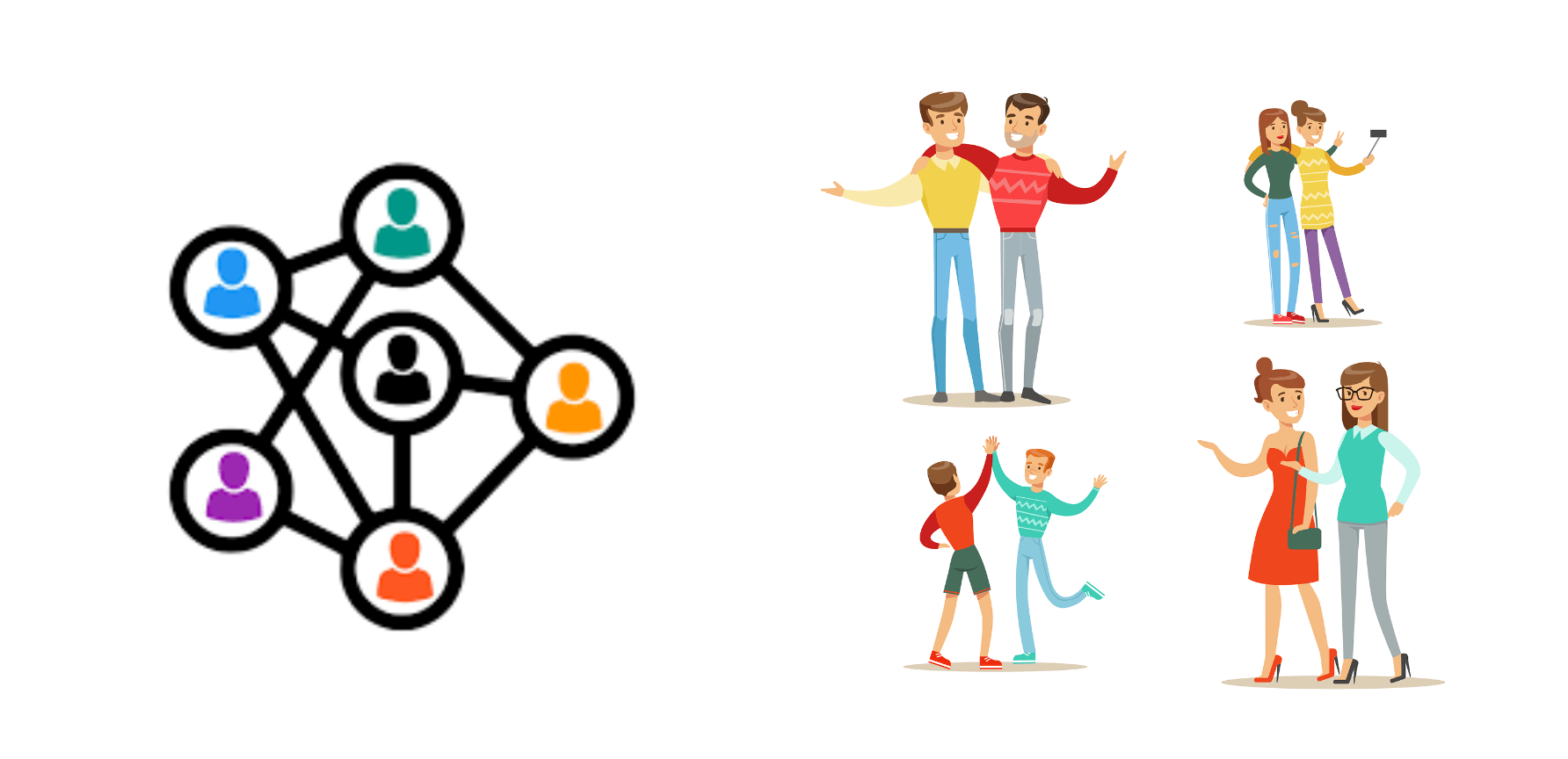Networking establishes connection. Relationshipping builds bridges and two-way streets with sidewalks and wildflowers! When we relationship (yes, we’re using it as a verb), we have a sense of belonging. Belonging feeds engagement, creativity, and passion, which generate business success and real community impact. Come relationship with us!
I recently had the great pleasure to speak at the NAVIGATE Nonprofit Network Conference as part of the Building Effective Teams track with Leadership Greater Huntsville. NAVIGATE is focused on equipping nonprofit leaders with the unique KSAs needed to operate on a lean budget, raise funds for continued operations, and provide services with a real impact. At the center of everything they do: RELATIONSHIPS.
As usual, I researched what others in the world are saying about Relationshipping. Here’s what Cornerstone Coworking had to say:
“When you can speak highly of a person or a business because you have a relationship with them, I feel like that is valued so much more than just passing along a business card because you stuck it in your purse.
Next time you find yourself stuck in a networking event, find the one person that is just standing out to you and start a conversation; not strictly focused on work, but about their life, their journey and what the future holds for them, personally and professionally. I guarantee, you’ll begin to build a relationship with someone and might be excited about what it turns into; might even be your next business partner!”
With further supporting evidence, Meridian Resources says:
“The term networking is overused, old, and tired. It is so 1990s.
We have the illusion of connection, but perhaps we have lost something very important in the activity – the art of building and nurturing true and lasting relationships, which has a significant impact on our personal and professional well-being.
Do we find that it is more efficient to send a text than to make a call? Do we find it easier to send a quick email rather than to write a letter? Do we prefer communicating through technology within the safe cocoon of our office rather than personal conversations in the hallway? When we venture out, do we actively take the time to meet others and, more importantly, get to know them?”
When I was a grad student, our career services director put us through a series of professional development courses at which we rolled our eyes…until we realized how relevant and meaningful his wisdom was. He introduced to us the term “relationshipping” as an alternative to traditional networking. In other words, shifting the mindset from swapping business cards to building and nurturing connections with a purposeful intent of understanding and serving others and the greater good. So…how do we do it? Meridian Resources outlines 6 steps:
- Change Your Intent
Build new relationships when you don’t “need” them. Instead of thinking WHAT can this person do for me, think WHO is this person and how can we support each other. - Be People First
People First is Horizon Point’s single most important operating value. Others use it, too. Angie Tinnell says, “People are fascinating with incredibly interesting stories to share. Stop parachuting into conversations and holding every minute hostage with all the things you’re passionate about. Instead, start getting excited about all the things the person across from you is passionate about.” - Communicate Differently
Pick up the phone and have a conversation. Write someone a handwritten thank you note. Take every opportunity to be around other people, whether it is enjoying coffee, lunch, or attending a business conference.Then, check in on people. In our hyper-active social world, the intentional “wanted to see how you are doing” message with no favor to ask at the end, can go a long way to building a strong relationship.
For a refresher on Communication Skills, read our blog about the GREET Model! - Serve Others
Get out of yourself by putting others first.
Instead of seeking people that can help you, look for people you can help. Not only another person, but extend yourself within the community. Be a connector.
Think of two people in your life right now who don’t know each other, but would benefit from connecting with the other. - Be Humble
Humility is defined as doing for others without seeking attention by taking credit for your actions. This is the most essential element of relationshipping. A good dose of humility makes us approachable and receptive to others’ opinions, views, and support.
- Express Gratitude
Acknowledge and sincerely thank those that help you along your journey. Sometimes the smallest action can make a tremendous difference in the future.
At the end of the day, our entire lives are about relationships. Family, friends, partners, colleagues, suppliers, providers, we could not make it without them. How can you get better at Relationshipping?



